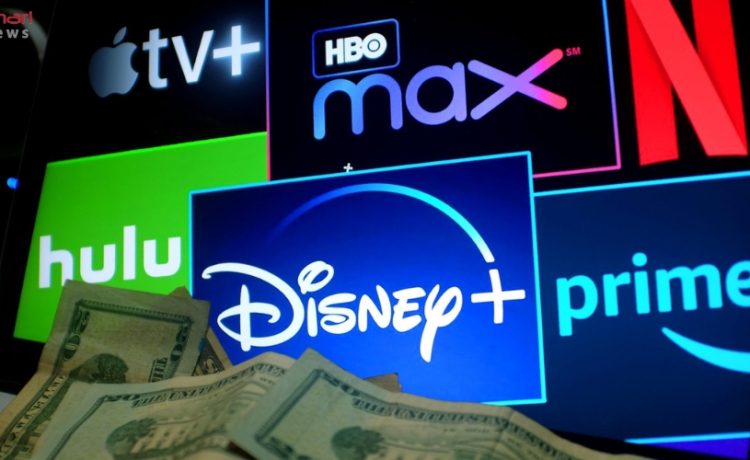The entertainment industry has undergone a seismic shift in recent years, with the rise of streaming services like Netflix and Disney+ fundamentally altering how we consume content. These platforms, once seen as niche offerings, have become mainstream giants, reshaping traditional media consumption and dictating the future of content creation.
From Blockbusters to Binge-Watching: The Disruption of Traditional Media
The dominance of cable television and movie studios has been challenged by the convenience and affordability offered by streaming services. Unlike traditional media, which relies on scheduled programming and theatrical releases, streaming offers on-demand access to a vast library of content. Viewers can watch what they want, when they want, on a variety of devices. This shift in control from broadcasters to viewers has led to a decline in cable subscriptions and a decrease in movie ticket sales.
Streaming services have also disrupted the traditional release model for movies and television shows. Previously, content creators relied heavily on theatrical releases and primetime television slots to generate revenue. However, streaming services like Netflix have pioneered the concept of “binge-watching,” releasing entire seasons of shows all at once. This approach has proven highly successful, keeping viewers engaged and subscribed to the platform.
Niche Appeal, Global Reach: The Rise of Diverse Content
The success of streaming services isn’t solely based on convenience; it’s also driven by a wider variety of content. Unlike traditional media, which often caters to the lowest common denominator, streaming platforms embrace niche content and cater to specific demographics. From true-crime documentaries to international dramas, there’s something for everyone. This focus on niche content allows for a more diverse range of stories to be told, giving a platform to previously underrepresented voices and fostering a more inclusive entertainment landscape.
The global reach of streaming services is another factor that sets them apart from traditional media. Content created in one country can be readily accessed by viewers worldwide, fostering cultural exchange and appreciation for diverse perspectives. This global accessibility has also opened doors for international creators, allowing them to showcase their work to a wider audience.
The Content Wars: The Future of Entertainment
As streaming services continue to dominate the market, a new battleground has emerged: The “content wars.” Streaming giants are investing heavily in producing high-quality original content to differentiate themselves and attract subscribers. This has led to a surge in the number of scripted series, movies, and documentaries being produced, creating a golden age for content creators.
However, the content wars also raise concerns about content saturation and homogenization. With so much content being produced, viewers may struggle to keep up, and studios may prioritize quantity over quality. Additionally, the focus on big-budget productions could leave less room for smaller, independent creators.
Looking ahead, the future of entertainment seems firmly rooted in streaming. Streaming services will likely continue to evolve, offering innovative features like interactive content and personalized recommendations. As technology advances, we may see the rise of virtual reality experiences and other immersive storytelling techniques.
The impact of streaming services on traditional media is undeniable. Cable television and movie studios will need to adapt to this new landscape, potentially by offering hybrid models or creating their own streaming platforms. Ultimately, the power lies with the viewers, who will continue to demand high-quality, diverse content at an affordable price. Streaming services that can deliver on these demands will be the ones shaping the future of entertainment.
From disrupting traditional media consumption to fostering a more diverse and global entertainment experience, streaming platforms have redefined how we access and engage with content. The future holds promise for continued innovation, with the potential for interactive experiences and immersive storytelling. However, challenges remain, such as content saturation and the need to balance big-budget productions with opportunities for independent creators. As viewers, we hold the power to shape the future by demanding high-quality, diverse content at an affordable price. Ultimately, streaming services that can cater to these demands will continue to reign supreme, solidifying their position as the leading force in the ever-evolving world of entertainment.







